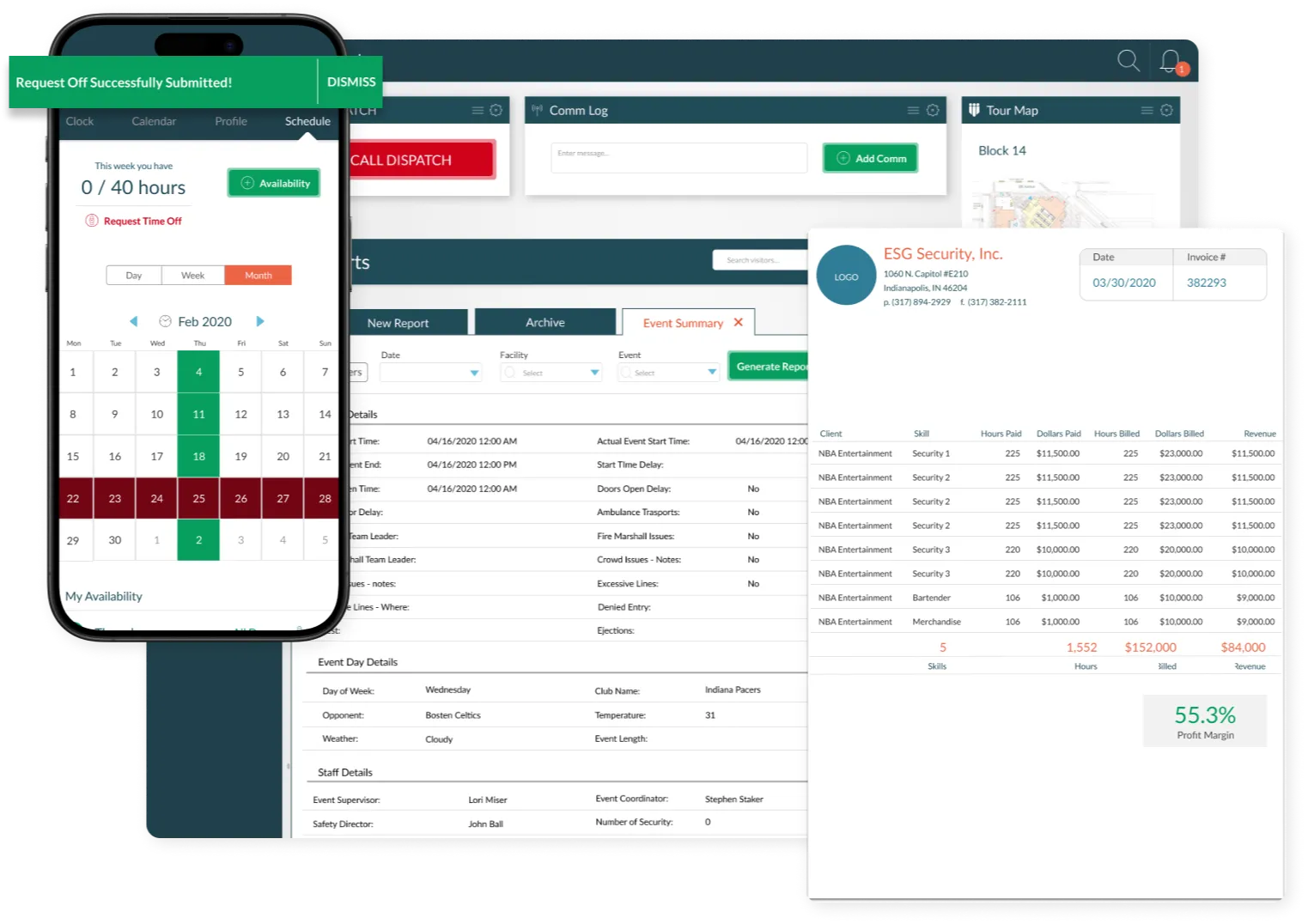
CSA360
I used product-led growth to redefine the team's culture while overseeing the development of multiple cross-industry products.

Project highlights
Launched multiple products across workforce, IoT, and security management, aligning high-level vision, business goals, and user pain points to drive our unique value propositions
Boosted developer efficiency by 150% through revamped sprint process, improvements to team culture, and better (collaboratively) defined features
Established a data-driven product strategy to gather, synthesize, and apply qualitative and quantitative insights, then applied those insights using continuous discovery habits

Discover the Product
As the product department leader, it was my job to create and maintain culture, efficiency, and process in my teams. Introducing more sustainable habits, including continuous discovery, was my first priority. In each of the different products I led, I worked directly with C-suite leadership, key accounts, and frontline workers to absorb the user's workflow and pain points. I frequently went on-site to our customers' concert venues, stadiums, and logistics centers to experience first hand how both admins and field employees used our software. This gave me more than enough understanding to start building our first roadmaps.
Tools Used



Build the Solution
Step 1: Learn
My journey in re-defining the product department's build strategy started with a whole lot of listening. I met with each person in the department to understand their pain points, motivations, and hopes for their role. I met this qualitative information with quantitative analyses from Jira, where I found patterns within tickets and discovered gaps in communication. In a small team, I had to learn how to be a leader and an individual contributor at the same time. Tackling operations like a product manager made it easy to learn both the team and the product.
Step 3: Apply
Since I started with research, I had a well-developed baseline measurement of the team's previous state. There was a long list of qualitative and quantitative outcomes following our new operational strategy. First and most importantly, my team started to reveal their personality: they had the energy and security to come out of their shells and speak up. I also tracked our sprint velocity and roadmap progress and found a 150% increase in their overall efficiency. We finally felt like we were making strategic, meaningful progress -- leadership included.
Step 2: Strategize
I very quickly discovered some very troubling patterns in the feedback and data I reviewed. First (and most obviously), the team said they followed scrum, but they'd been stuck in a 95-day “sprint” with 237 tasks. This was caused by the lack of collaboration with our engineering squad: they had no say in what they did, how they did it, or even how long it would take. The priorities shifted daily as new, half-written tickets came in from sales and customer requests. I was able to get some early trust-building wins by collaborating with the team and providing protection from scope change.
Step 4: Deliver
The product department's reconnection and protection helped us to build more stable and better user experiences in half the time or less. This change enabled us to actually use scrum: we planned our sprints, made individual commitments, delivered everything we could, then reviewed what we want to change for next time. I wore a million other hats and led by example: designing features, writing product definition specs, running customer support, writing help docs, contributing to technical strategy, launching product marketing campaigns, and continuing to grow our team.
Tools Used








Deliver the Results
Using our newfound confidence and agility, we delivered a wide breadth of products that followed business requirements and solved real-world user problems. We launched products in workforce management, IoT services, visitor management, security operations, and logistics. I was closely involved in the launch of each project, either creating myself or collaborating with others to create help docs, release strategies, marketing campaigns, and customer communications. This shift in quality and velocity also helped us adopt a product-led growth model, and all combined, led to a 75% increase in revenue.
Tools Used






